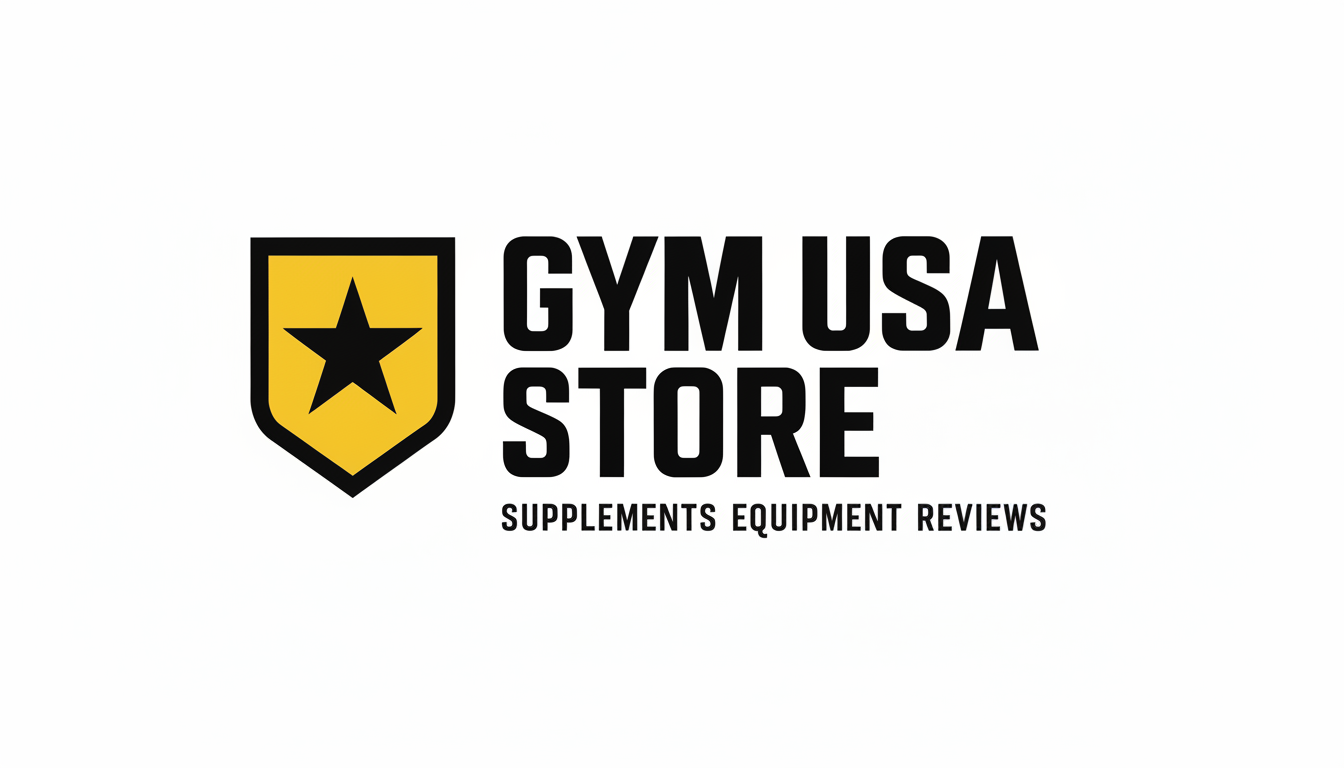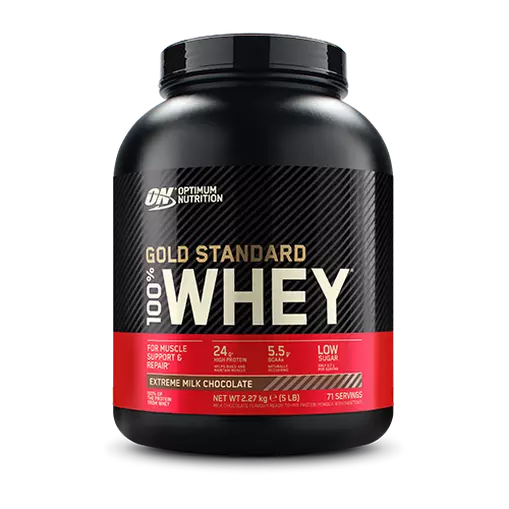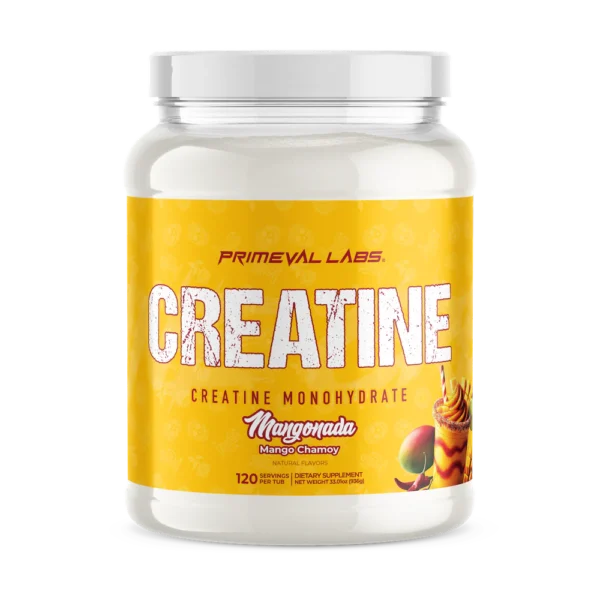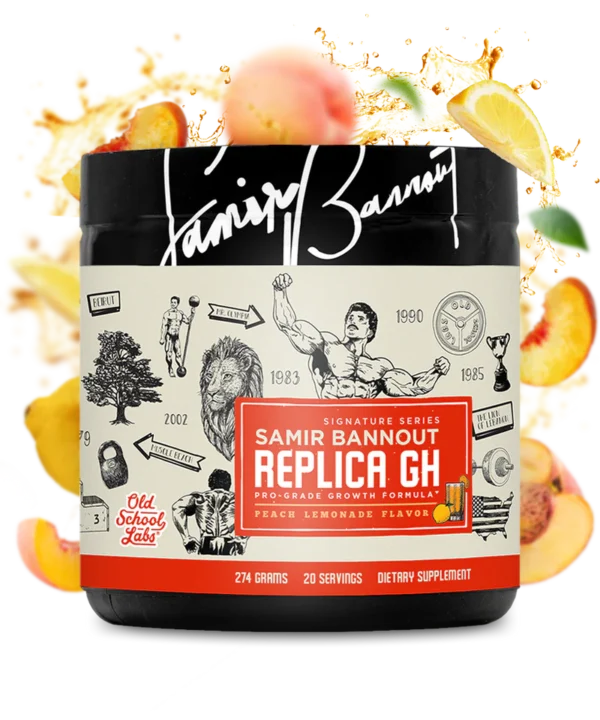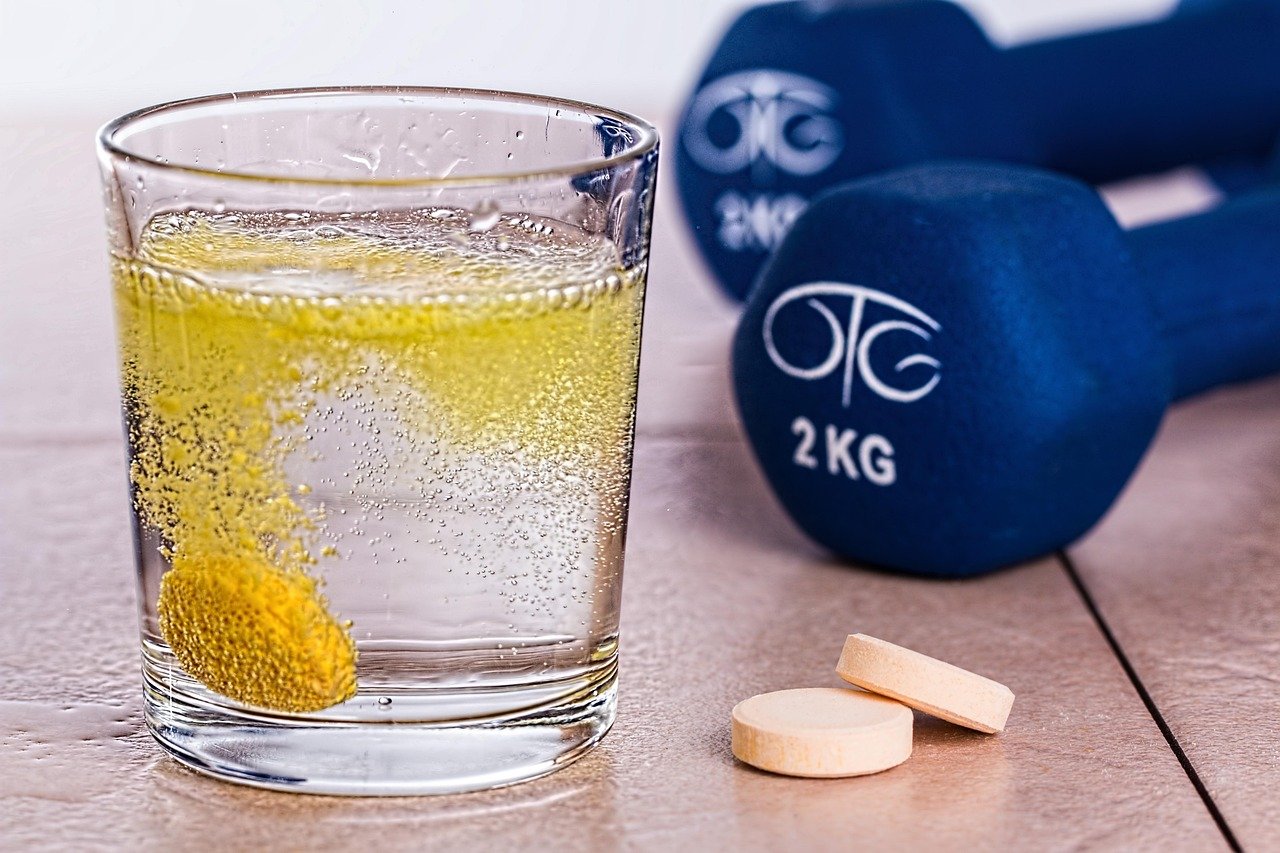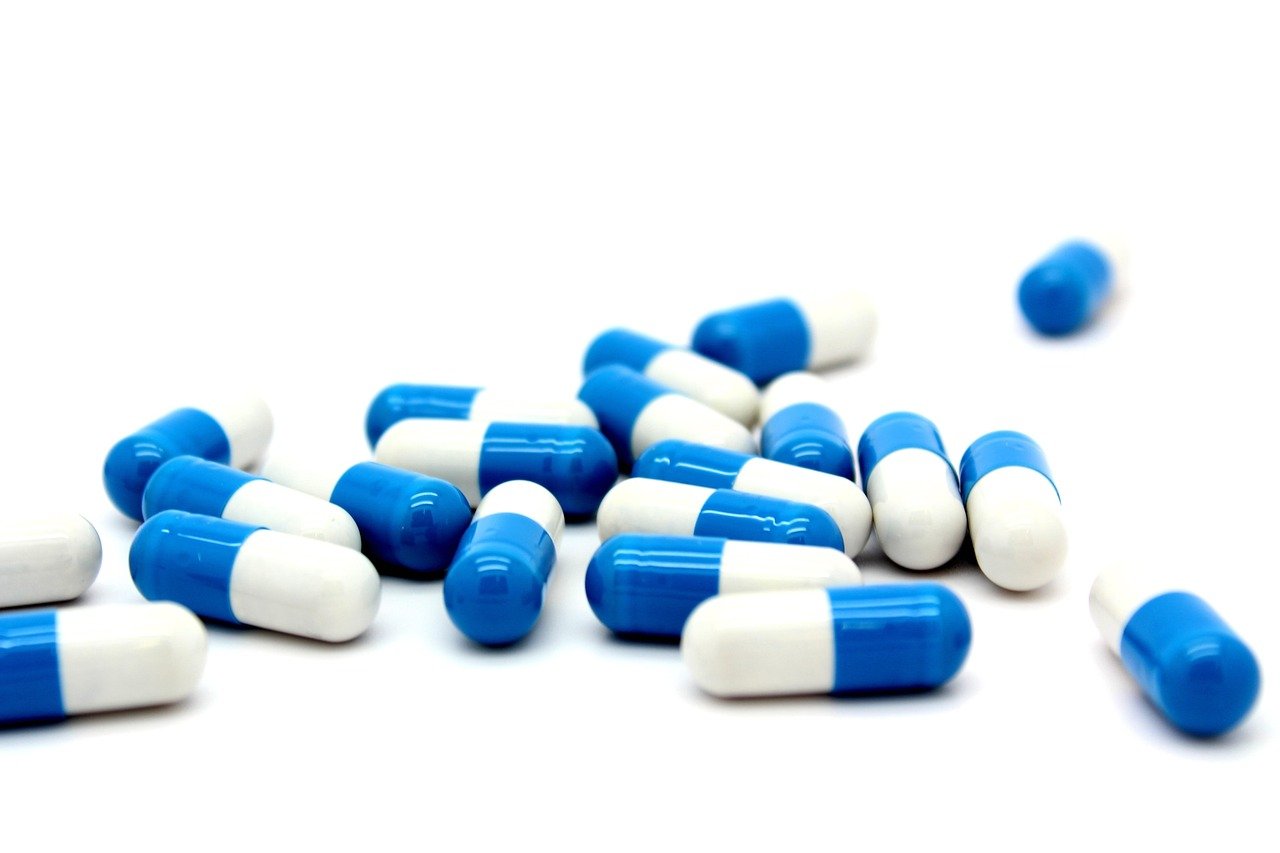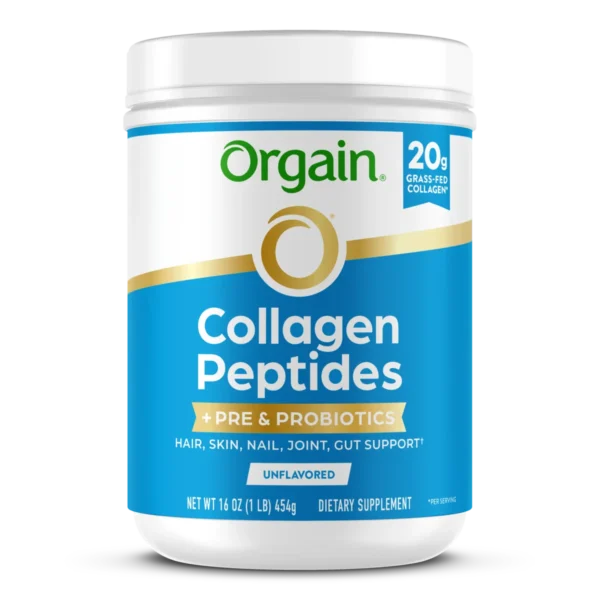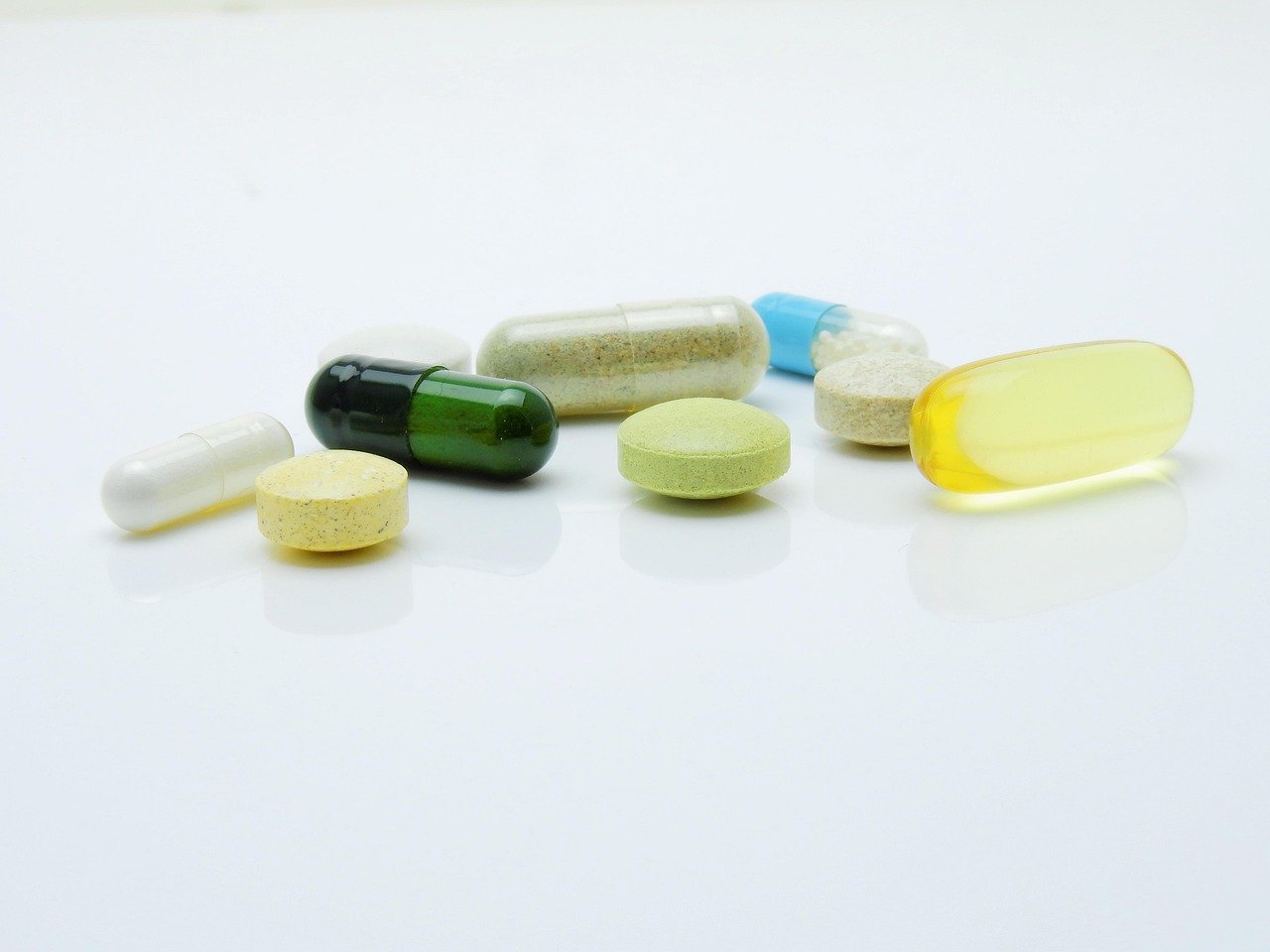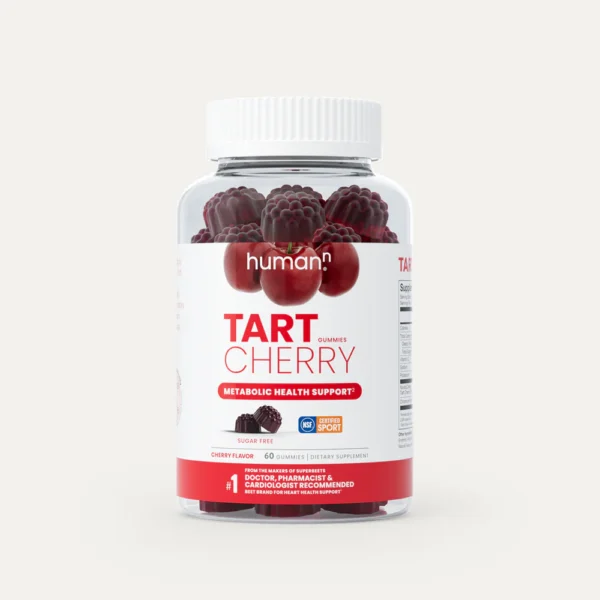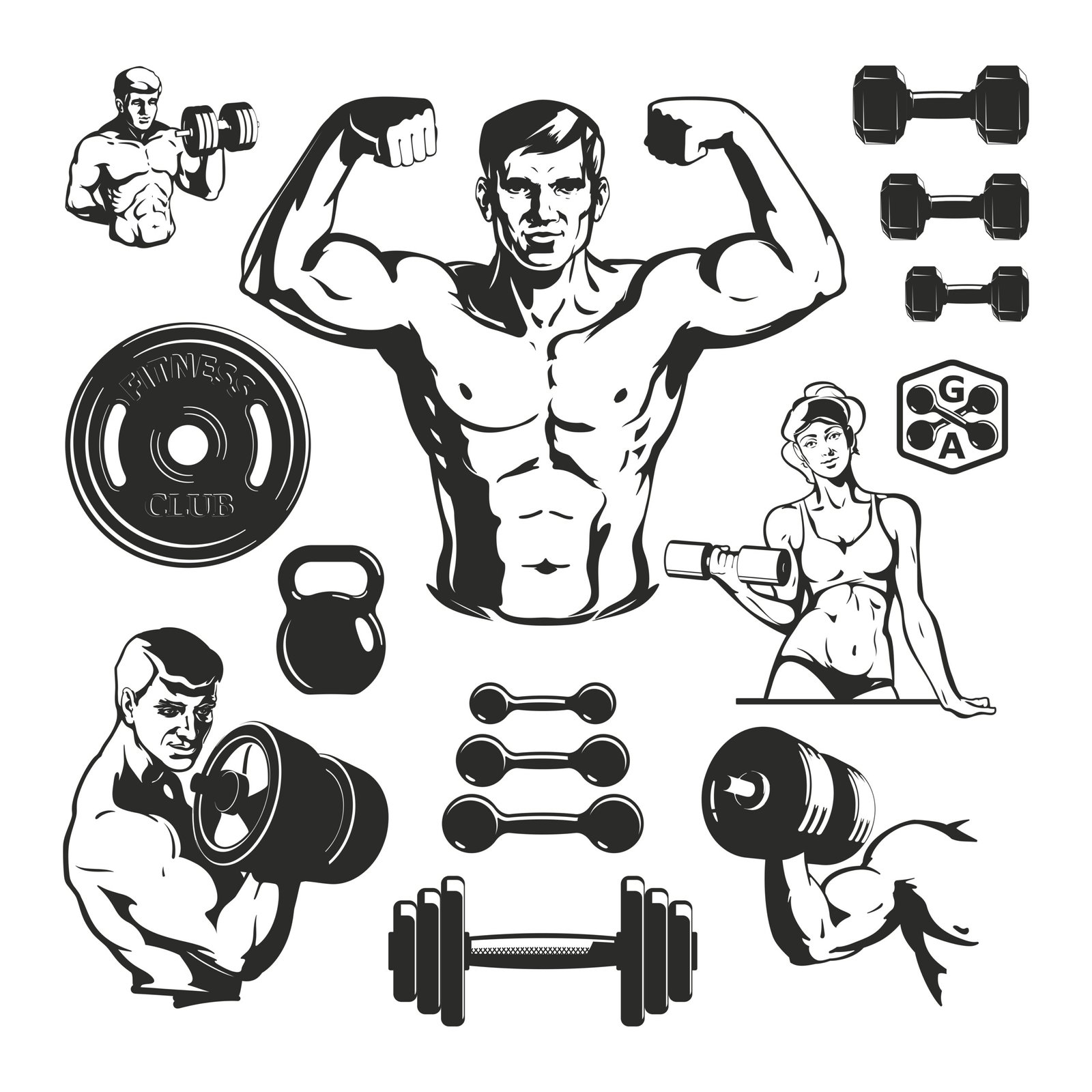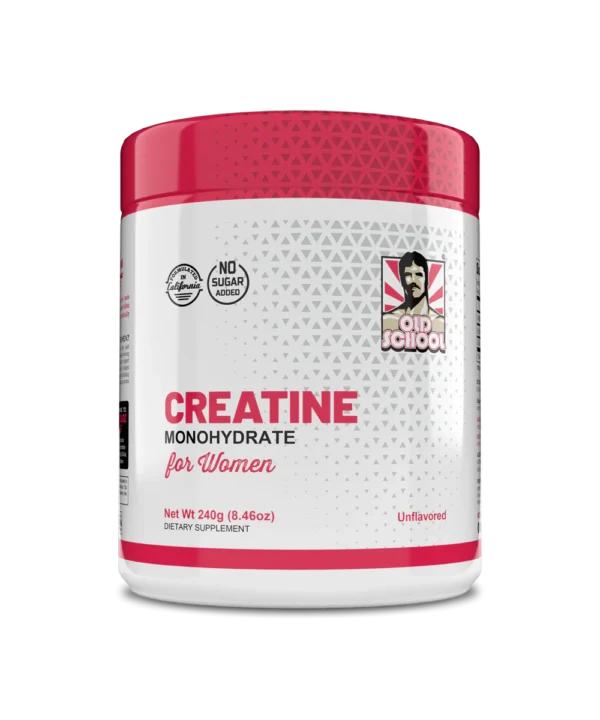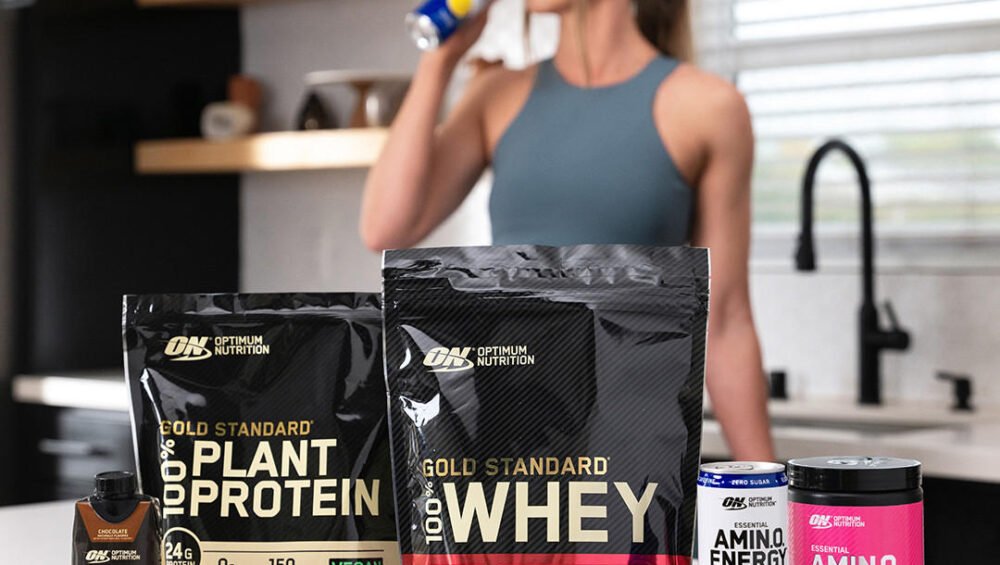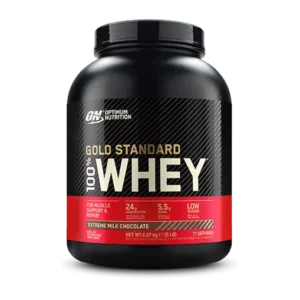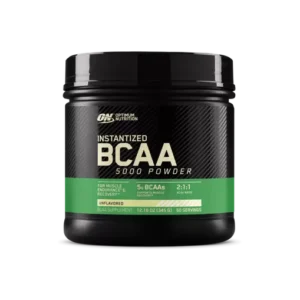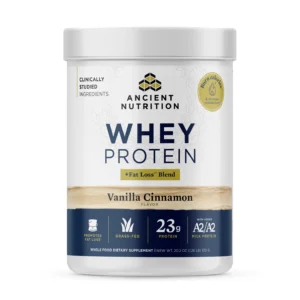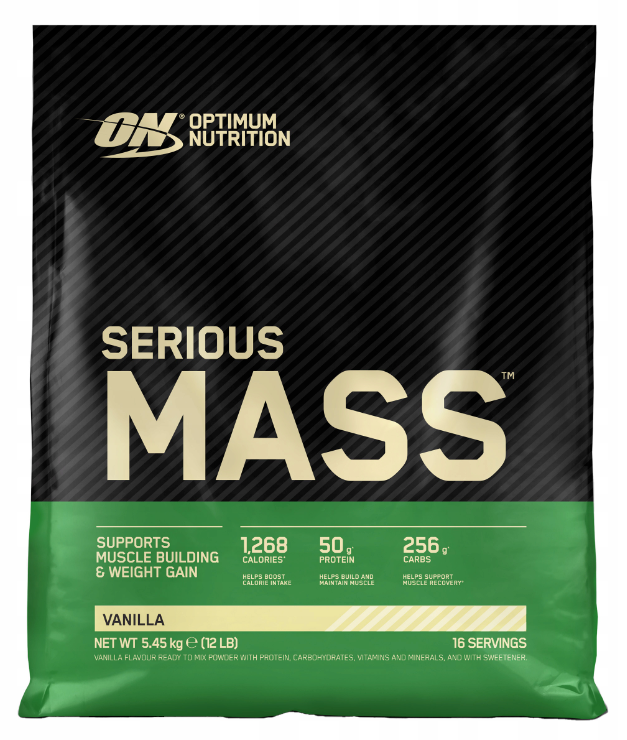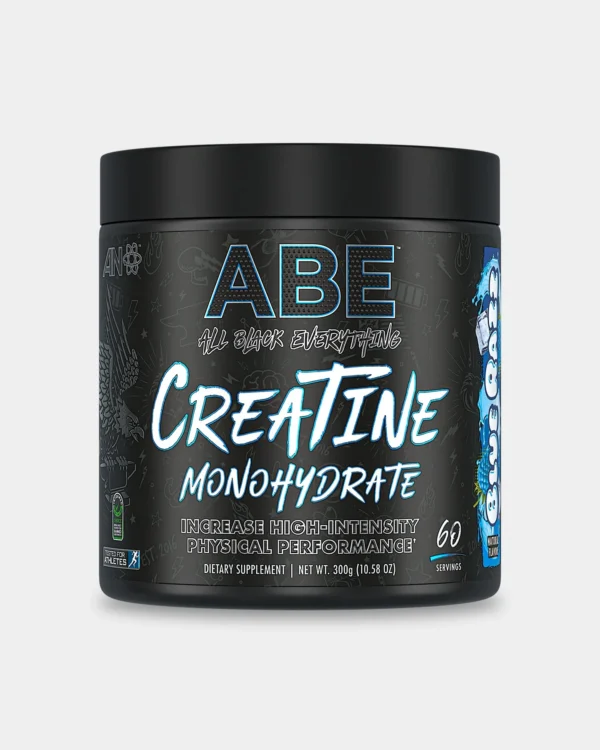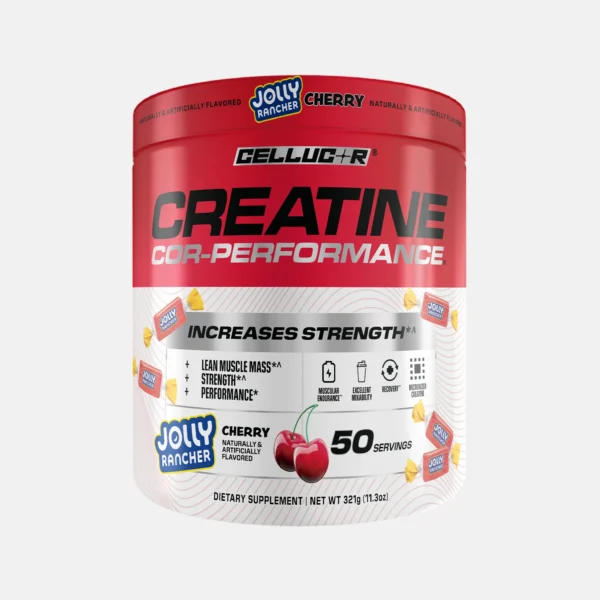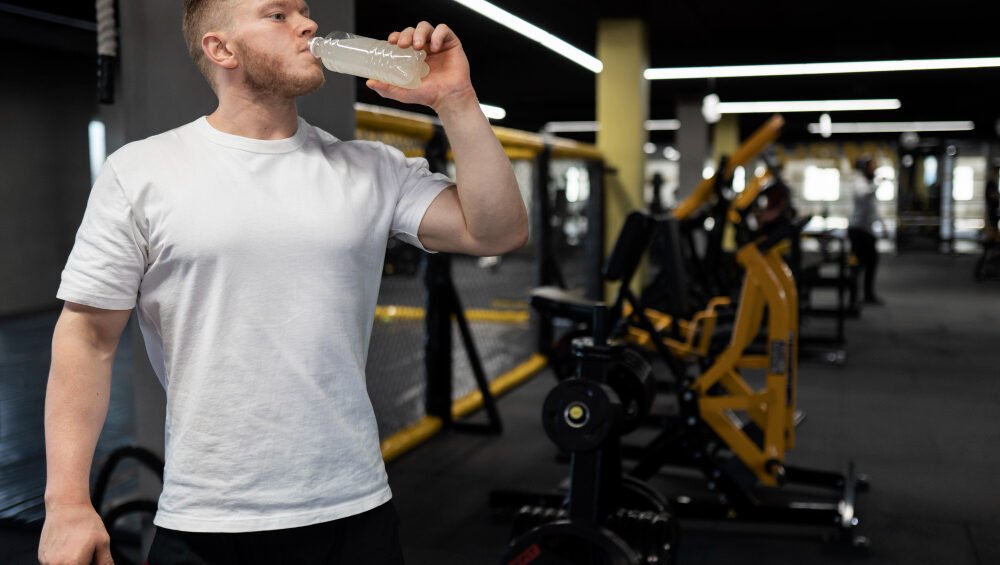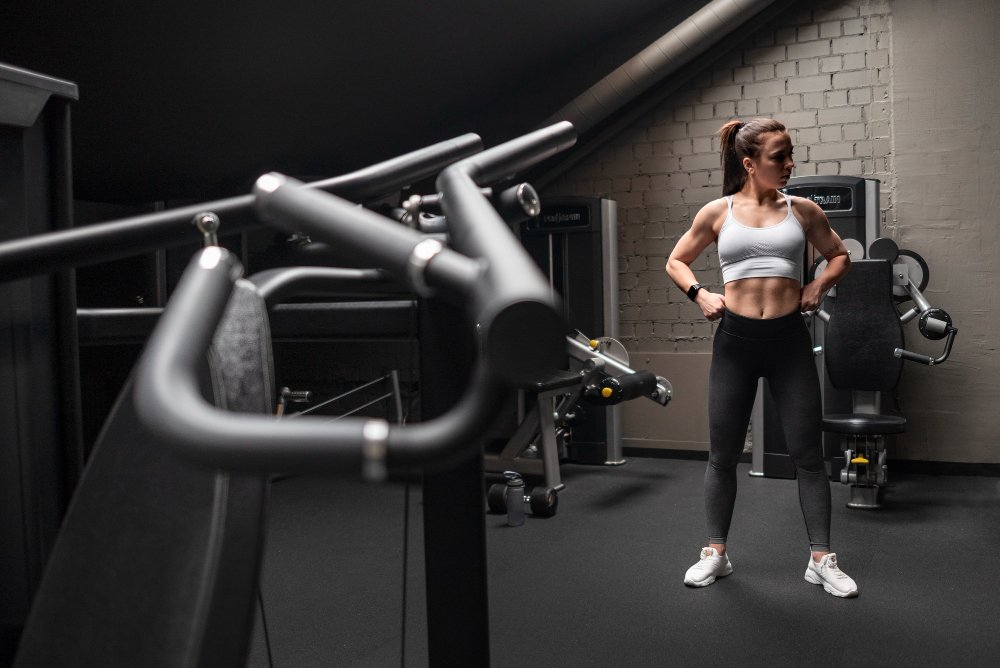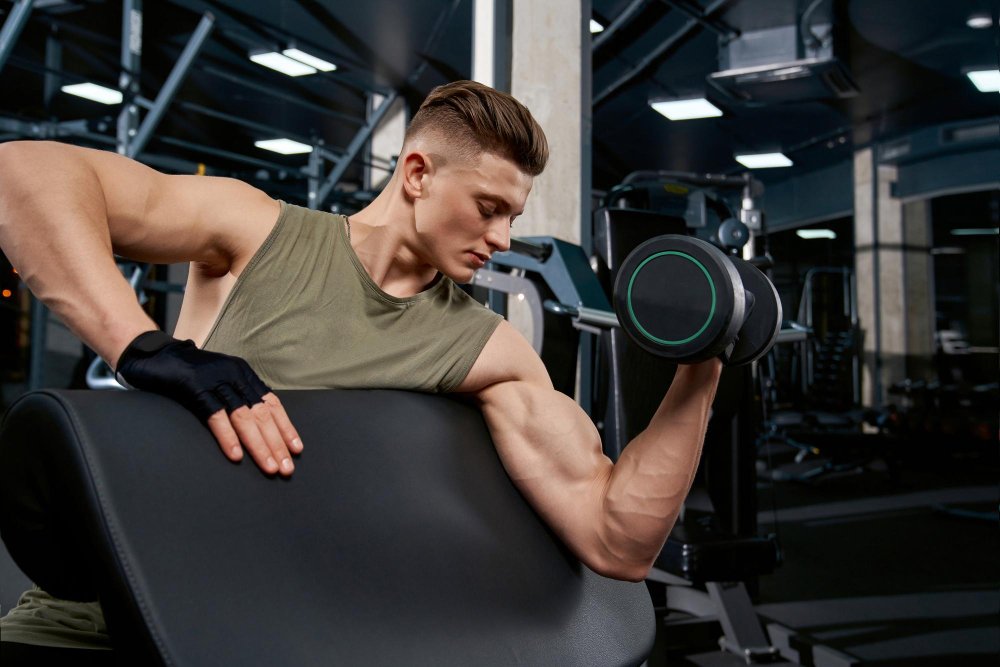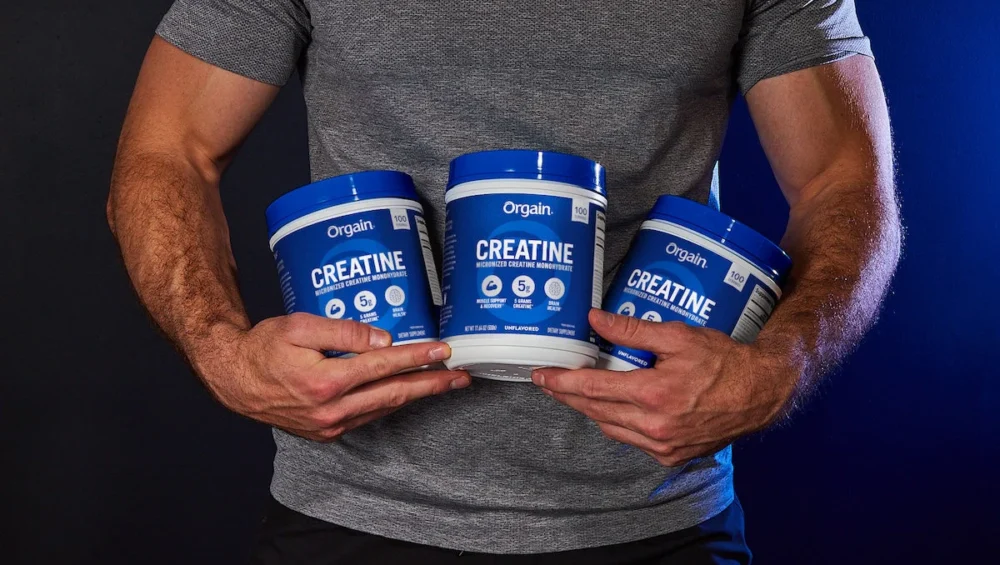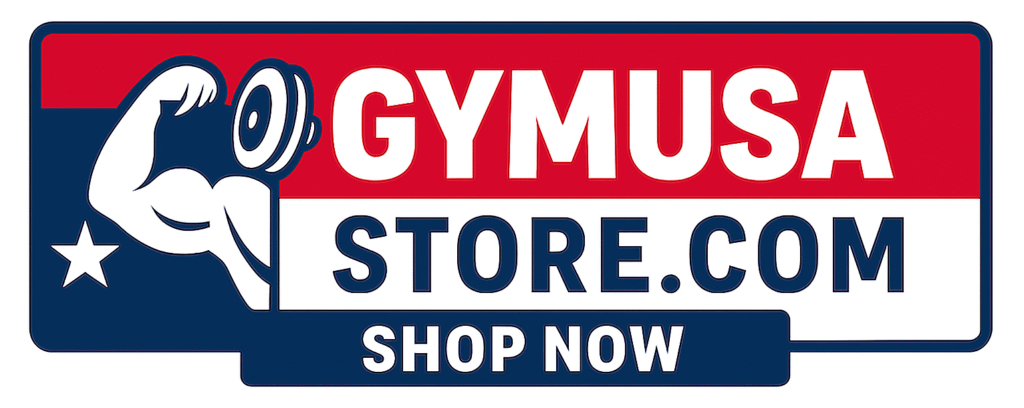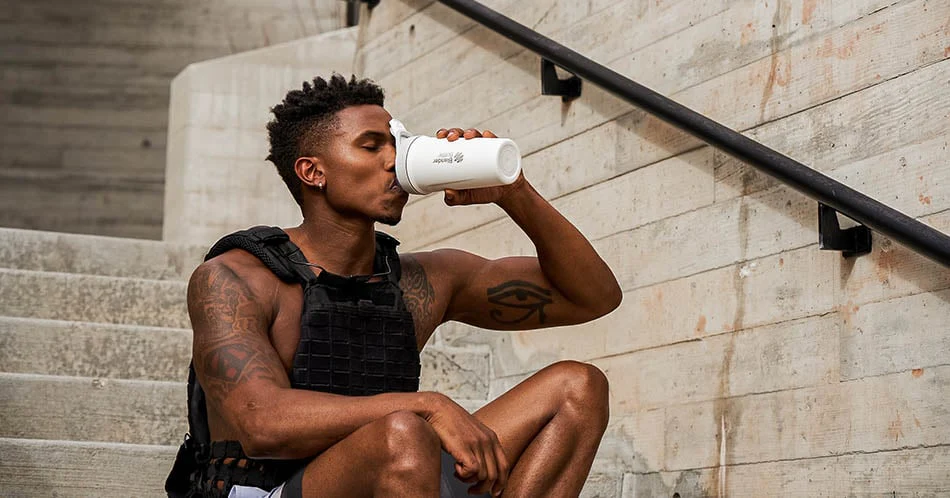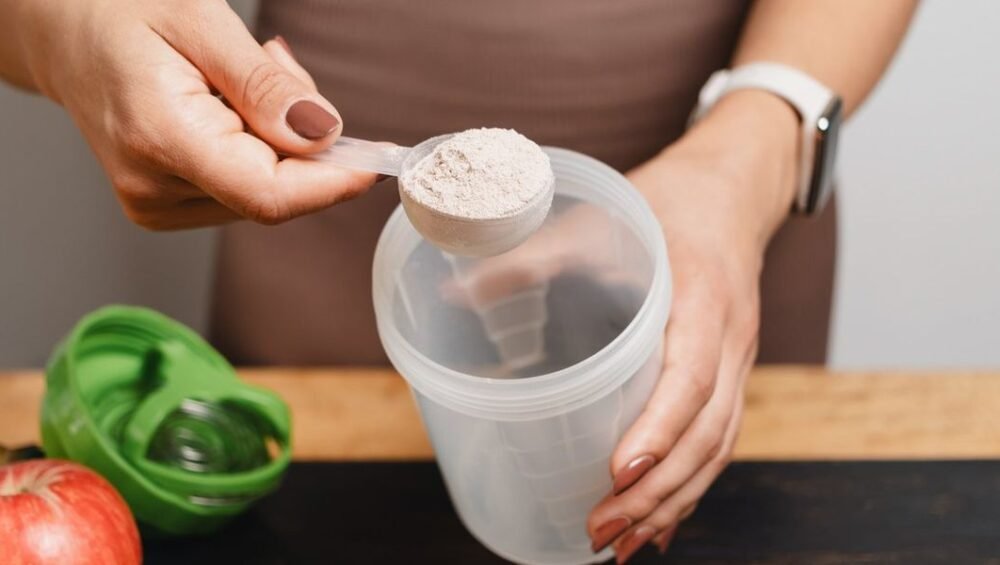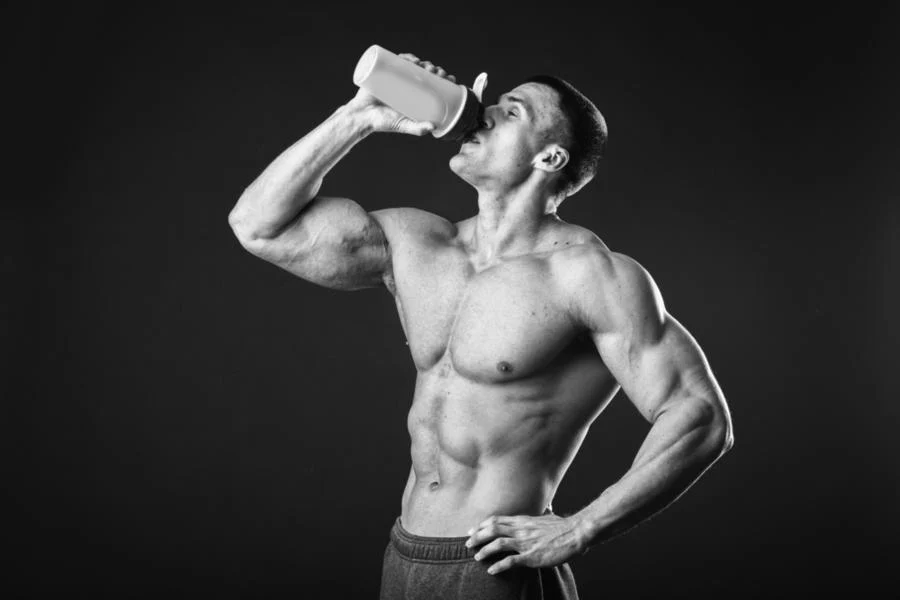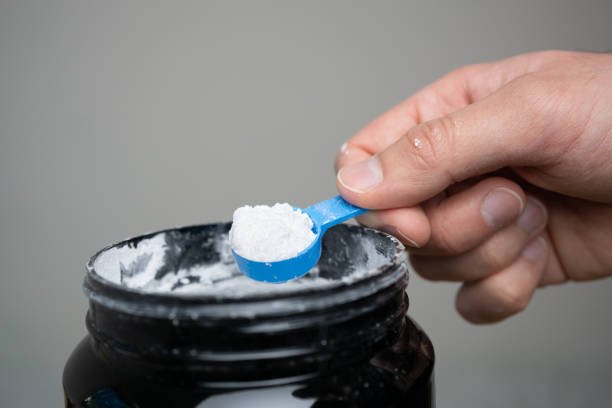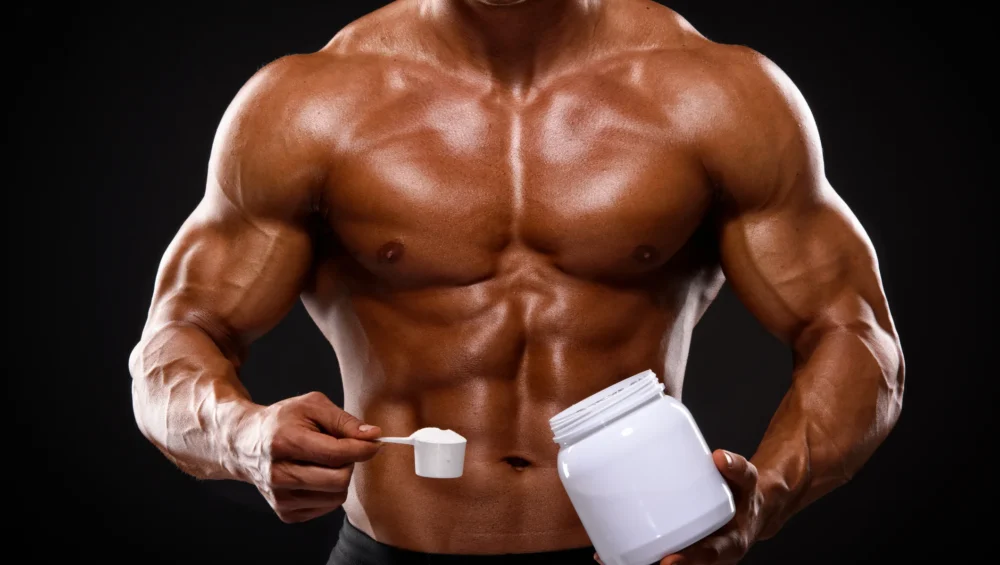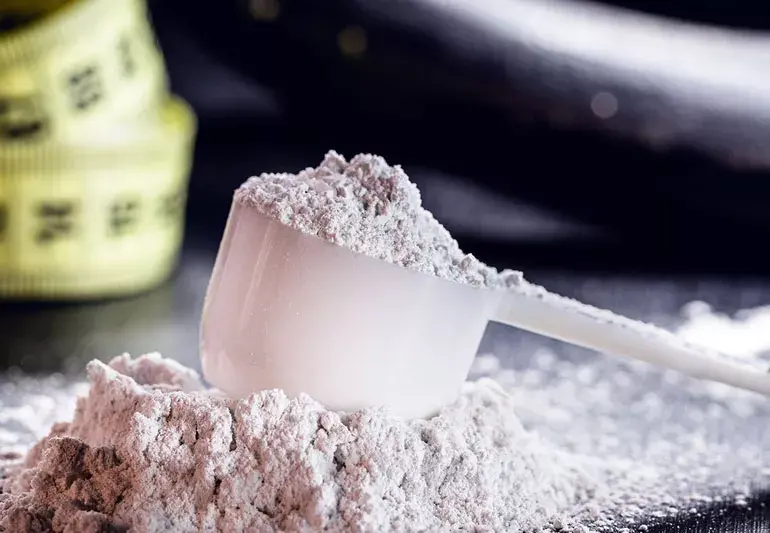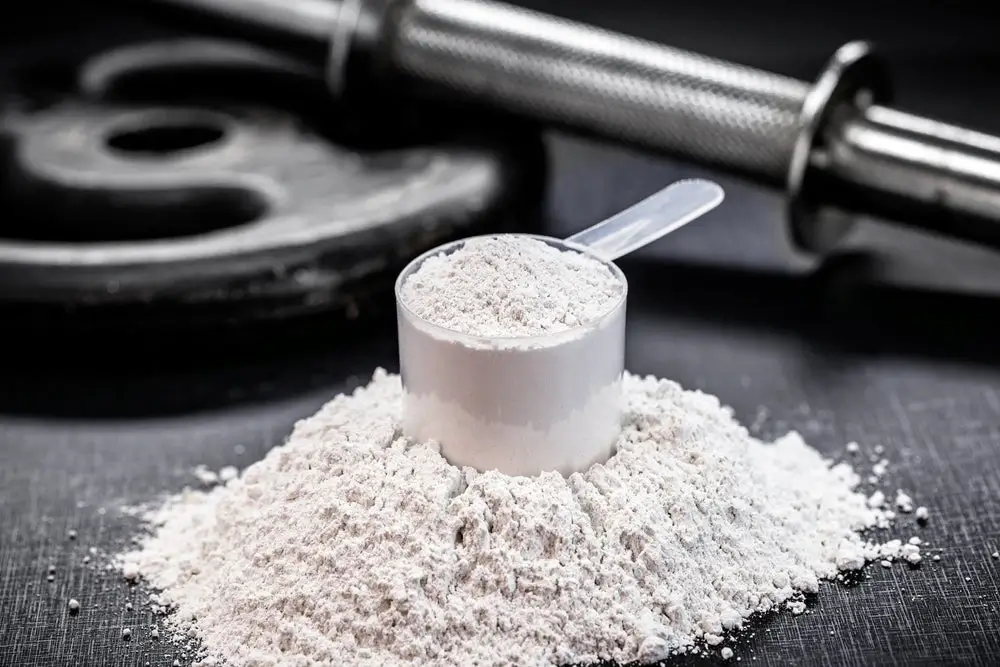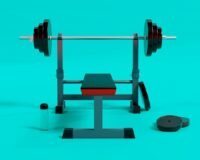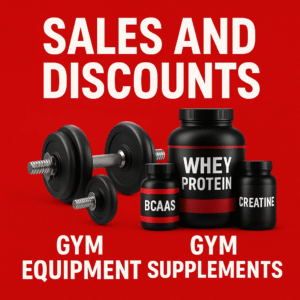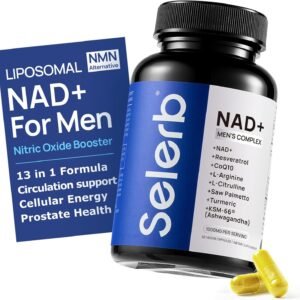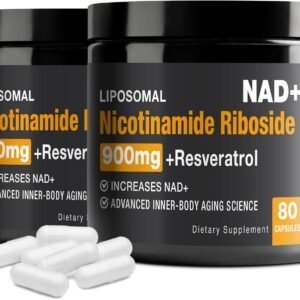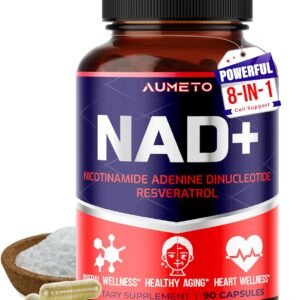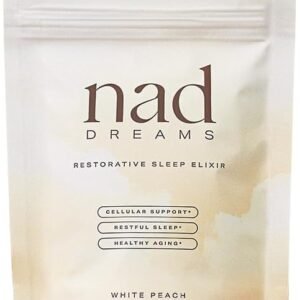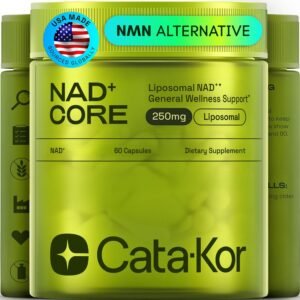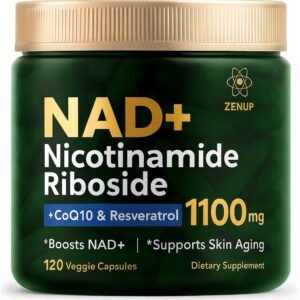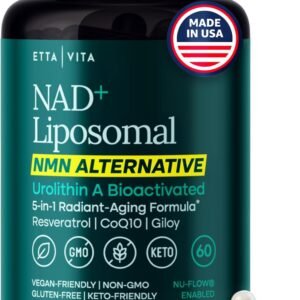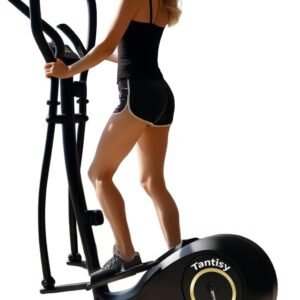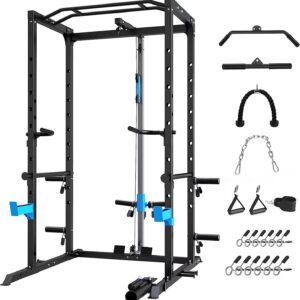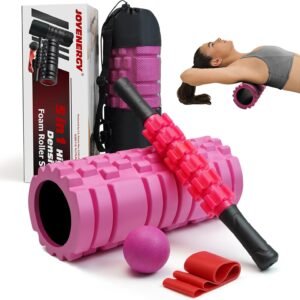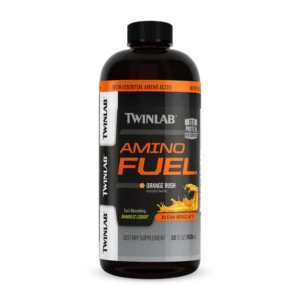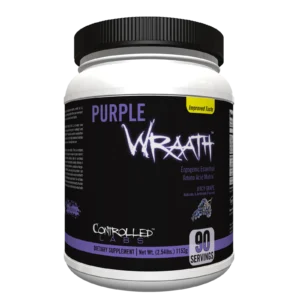Best legal supplements for muscle growth
Best legal supplements for muscle growth. You’re putting in the work. You’re grinding in the gym, hitting your protein targets, and prioritizing recovery. But you can’t help but wonder: What legal supplements can actually give me a safe and effective edge?
The supplement industry is a minefield of exaggerated claims and flashy marketing. It’s easy to waste money on products that do nothing.
This guide cuts through the noise. We’re not listing every pill and powder on the market. We’re focusing on the science-backed, legal supplements that have consistently proven to support muscle protein synthesis, strength, and recovery.
Let’s build your foundation before we talk about supplements.
The Non-Negotiables: The Real Foundation of Muscle Growth
No supplement can replace the fundamentals. Think of supplements as the “1%” that enhances the “99%” of your hard work.
- Progressive Overload: You must consistently challenge your muscles with increasing weight, reps, or volume.
- Adequate Protein Intake: Aim for 0.7 to 1.0 grams of protein per pound of body weight (1.6 to 2.2 g/kg) daily to provide the building blocks for muscle repair.
- Caloric Surplus (for bulking): To build mass, you need to consume more calories than you burn.
- Quality Sleep & Recovery: Muscles grow when you rest, not when you train. Prioritize 7-9 hours of sleep per night.
Got those locked down? Great. Now, let’s talk about the supplements that can genuinely amplify your results.
The Top Tier: The 5 Most Effective Legal Supplements
These are the supplements with a robust body of scientific evidence supporting their use for muscle growth.
1. Creatine Monohydrate: The King of Muscle Supplements
What it is: A naturally occurring compound in your muscle cells that helps produce energy during heavy lifting or high-intensity exercise.
How it Helps Muscle Growth:
- Increases Strength & Power: Allows you to push harder for that one extra rep, leading to greater muscle stimulation over time.
- Boosts Cell Hydration: Pulls water into your muscle cells, creating a more anabolic (muscle-building) environment and making muscles look fuller.
- Enhances Recovery: Helps you recover faster between sets and workouts.
The Bottom Line: This is the most researched, most effective, and most cost-effective supplement on the planet. It’s not a steroid; it’s a proven performance enhancer.
How to Use: A simple 5 grams per day is all you need. You can “load” with 20g/day for 5-7 days to saturate your muscles faster, but it’s not necessary.
Read also: Is Supplementing With Creatine Necessary for Building Muscle?
2. Whey Protein: The Convenience Catalyst
What it is: A high-quality protein derived from milk, packed with all nine essential amino acids, including a high dose of Leucine—the key trigger for muscle protein synthesis.
How it Helps Muscle Growth:
- Fast Absorption: Ideal for post-workout recovery when your muscles are screaming for nutrients.
- Hits Protein Targets: An easy and delicious way to ensure you’re getting enough daily protein without having to cook endless chicken breasts.
- Convenience: A quick shake is far easier than preparing a whole meal, especially when you’re on the go.
The Bottom Line: Whey protein isn’t a magic potion; it’s a convenient and efficient tool to hit your daily protein goals, which is fundamental for growth.
How to Use: Take one scoop post-workout or as a meal replacement/snack whenever you need a protein boost.
See also: best value whey protein powder – how to find the good one

3. Beta-Alanine: The Endurance Booster
What it is: An amino acid that combines with histidine to form carnosine, a compound that buffers acid in your muscles.
How it Helps Muscle Growth:
- Fights Fatigue: By reducing lactic acid build-up, Beta-Alanine helps you push through those last few grueling reps, especially during sets of 8-15 repetitions.
- Increases Training Volume: More reps per set means more total work done, which is a primary driver of muscle hypertrophy.
The Bottom Line: While not a direct muscle-builder like creatine, it indirectly supports growth by enabling you to train harder and longer.
How to Use: Take 2-5 grams daily. Be prepared for a harmless tingling sensation (paresthesia); it’s a sign the supplement is working.
Check also: creatine for sale in US – best places
4. Branched-Chain Amino Acids (BCAAs): Situational, But Useful
What they are: Three essential amino acids—Leucine, Isoleucine, and Valine. Leucine is the most critical for triggering muscle growth.
How they Help Muscle Growth:
- Intra-Workout Fuel: Can help reduce muscle breakdown during very long or fasted training sessions.
- Aids Recovery: May decrease DOMS (Delayed Onset Muscle Soreness), allowing you to get back to the gym sooner.
The Bottom Line: If you’re already consuming enough protein daily (especially from whey), BCAAs are often redundant. However, they are beneficial for fasted training or as an intra-workout drink for those who train intensely for long periods. Check BCAAs for sale in our shop.
How to Use: 5-10 grams sipped during your workout, particularly if you train in a fasted state.
5. L-Citrulline: The Pump & Performance Enhancer
What it is: An amino acid that converts in the body to L-Arginine, leading to increased production of Nitric Oxide (NO).
How it Helps Muscle Growth:
- Improves Blood Flow: The famous “pump” isn’t just for show. Better blood flow delivers more oxygen and nutrients to working muscles.
- Enhances Performance: Studies show Citrulline can increase reps to failure and reduce fatigue.
- May Speed Recovery: Improved blood flow can help clear waste products like lactate.
The Bottom Line: Citrulline provides a tangible performance and pump boost, which can make your workouts more productive and motivating.
How to Use: Look for L-Citrulline Malate (a form with malic acid) and take 6-8 grams about 30-60 minutes before your workout.
What to AVOID: Navigating the Hype
Your money and effort are precious. Be skeptical of:
- “Legal Steroid” Alternatives: These are often under-dosed proprietary blends or, worse, contain prohormones that can be harmful and are banned in competitive sports.
- Testosterone Boosters: For healthy individuals with normal testosterone levels, most over-the-counter boosters (like Tribulus Terrestris) have little to no scientific backing for significantly increasing muscle mass.
- Fat Burners Marketed as Muscle Builders: They are different tools for different goals. Don’t get fooled by the marketing.
Check also: best supplements for gym goers after 40

The Final Rep: Your Smart Supplement Stack
You don’t need to take everything at once. Build your stack based on your budget and goals.
- The Essential Stack: Creatine + Whey Protein. This covers 90% of your needs for a very low cost.
- The Advanced Stack: Essential Stack + Beta-Alanine + L-Citrulline. This is for the lifter looking for that extra 5-10% boost in performance, endurance, and recovery.
Final Word of Caution: Always buy from reputable brands that use third-party testing (like NSF, Informed-Choice) to verify their products contain what’s on the label and are free from contaminants. Your health is worth the extra few dollars.
Now you’re armed with the truth. Stop guessing, start building.
Worth to read: our supplements reviews
Disclaimer: Always consult with a healthcare professional before starting any new supplement regimen, especially if you have pre-existing health conditions.
